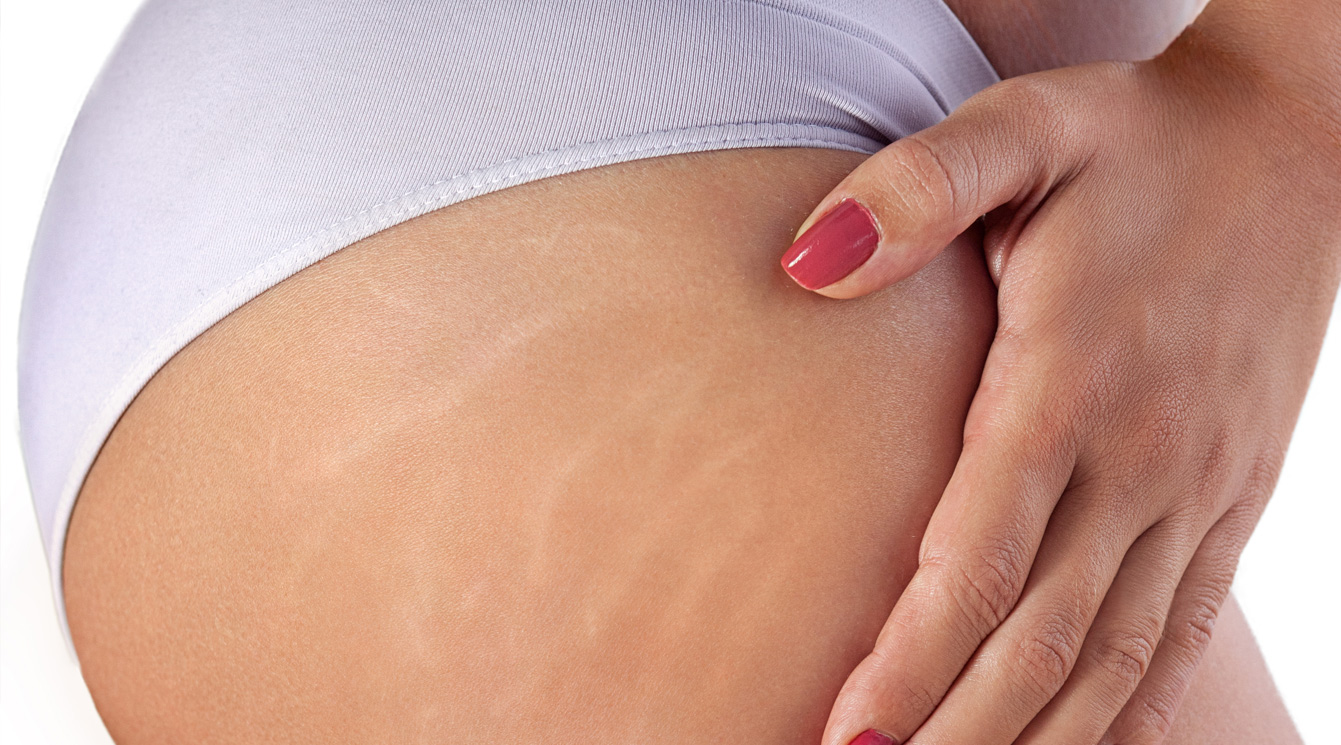Smooth Your Skin: The Benefits Of Stretch Mark Treatment In London

If you’re looking into ways to deal with stretch marks, especially in London, you’re not alone. Loads of people are in the same boat—trying different creams, hoping lasers might help, or just feeling fed up with nothing working. It’s frustrating, especially when the internet is full of “miracle” fixes that never quite live up to the hype.
Let’s talk about stretch mark treatment London that works, because not all treatments are equal. And if you’re considering laser, it might be worth pausing for a moment before booking that session.
Let’s Be Real About Lasers
Laser stretch mark removal sounds promising when you first hear about it. It has that high-tech ring to it. Light and heat, fancy machines, minimal downtime. What’s not to like?
But here’s the thing. Stretch marks are deeper than just surface skin. They’re small internal tears that form when your skin stretches too quickly, like during puberty, pregnancy, or weight changes. They’re not just on top. When you’re using a laser, all it does is heat the surface layers. Maybe it boosts a bit of collagen, sure. But it’s not going deep enough to trigger actual restructuring.
So the truth? Most people don’t see much of a difference with laser. At best, you get a slight softening. At worst, nothing happens at all. And those sessions aren’t cheap, either—especially if you’re booking multiple rounds in hopes of gradual change. For something that’s supposed to be cutting-edge, it often doesn’t deliver much beyond wishful thinking.
What Helps: Going Beneath the Surface
To see improvement, you need to go under the skin, just a little. That’s where something called MCA inkless tattooing comes in. It’s a mouthful (MCA stands for Multitrepannic Collagen Actuation), but the idea is simple: a fine needle gently breaks through the top layer of skin. No ink, no pigment. Just tiny controlled injuries that tell your skin, “Hey, we’ve got work to do here.”
That tiny bit of trauma wakes up your body’s natural healing response. Collagen and elastin start to rebuild, filling in the marks from within. It’s not a cover-up. It’s your skin repairing itself. And that matters—because this isn’t about faking a smoother surface. It’s about real, structural change in the way your skin behaves and looks.
Sounds Intense—but It’s Not as Scary as It Sounds
People hear “tattoo” or “needling” and immediately think it’s going to be painful or intense. But honestly? It’s manageable. Most describe it as a scratching feeling. Not comfortable, but not awful either. There’s usually some redness afterwards, maybe some dryness or light flaking, but nothing dramatic.
You’ll likely need a few sessions, especially if the stretch marks are older or very deep. But it builds over time, and it works. Some people start noticing a difference in a few weeks. Others take longer. Everyone’s skin is different, but the goal here is long-term change, not a quick fix.
Unlike topical products that wash off, or machines that skim the surface, this technique creates microchannels that signal true regeneration. That’s a big deal. It’s also why some professionals now view MCA as a smarter alternative. It’s not a gimmick, but a technique based on how healing works.
Laser vs. MCA: A Quick Comparison
Let’s break it down a bit.
Laser:
- Works on surface skin
- Uses light and heat
- Doesn’t break through the skin
- Limited results for stretch marks
MCA Inkless Tattooing:
- Uses a needle to go beneath the skin’s surface
- No pigment involved
- Encourages your skin to rebuild itself
- Real improvement over time
It’s not about slating laser treatments in general—they have their place. But for stretch marks? The results just aren’t strong enough to justify the hype. If you’re looking for change, you’ve got to go deeper.
Who It’s For
MCA inkless tattooing can work on most skin types and tones. Whether your stretch marks are newer (still a bit red or purple) or older (more silver or white), the treatment focuses on boosting regeneration in those specific spots.
It’s used on the stomach, thighs, hips, arms—anywhere stretch marks show up. And unlike some treatments that can cause hyperpigmentation on darker skin tones, this one doesn’t add pigment or heat, which makes it safer across the board.
Anything Else You Need to Know
If you’ve been chasing a stretch mark solution and haven’t seen results, it’s understandable to feel over it. But if you’re still open to trying something that works with your skin—not just on top of it—it’s worth looking into treatments that go below the surface.
A lot of people in London are still being pushed toward laser options just because it’s what clinics offer. But just because something’s common doesn’t mean it’s effective.
When you’re searching for stretch mark treatment in London, don’t stop at the first ad or the trendiest machine. There’s a method that helps your skin rebuild itself—and while it takes time and a bit of commitment, it might be the thing that finally works.

